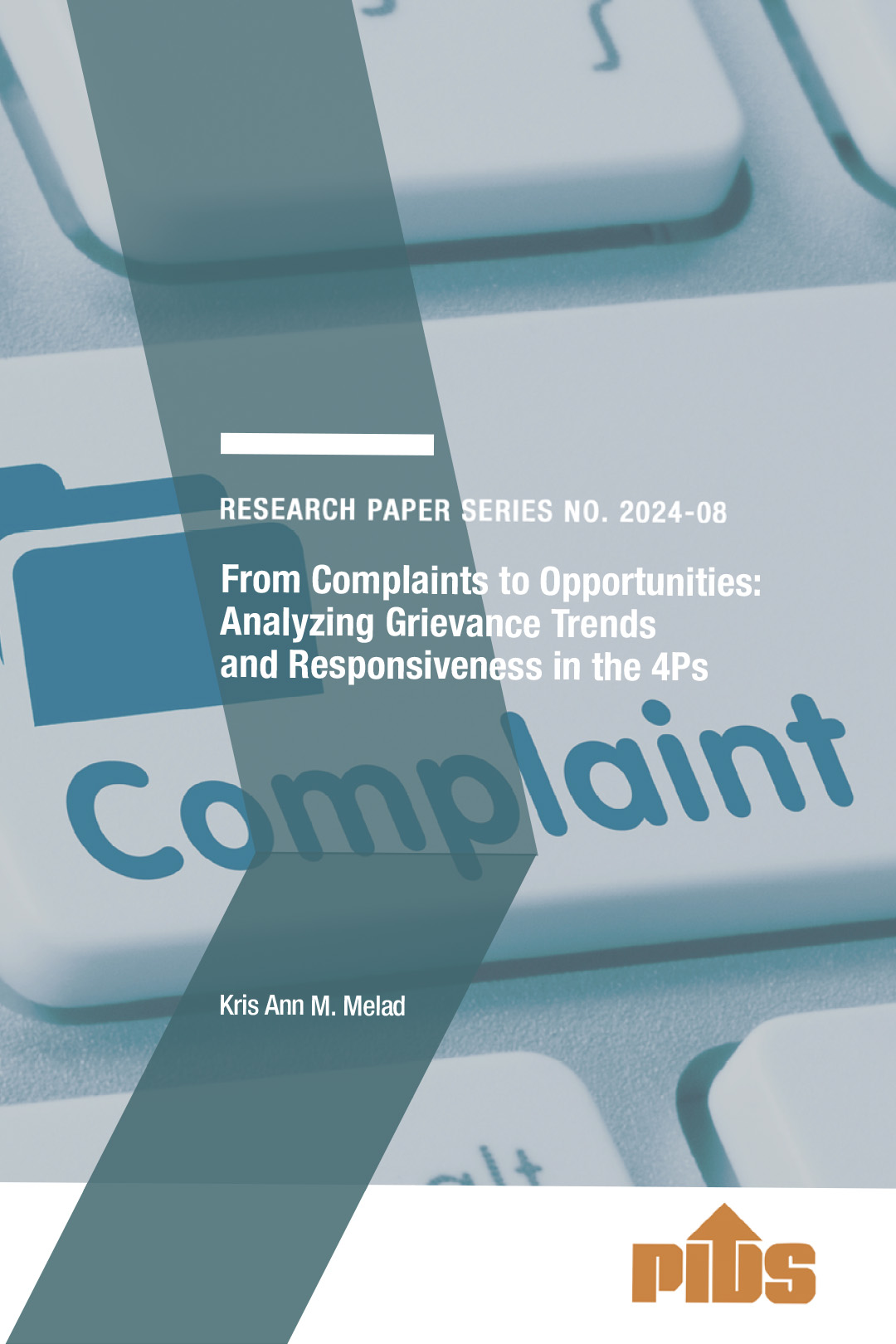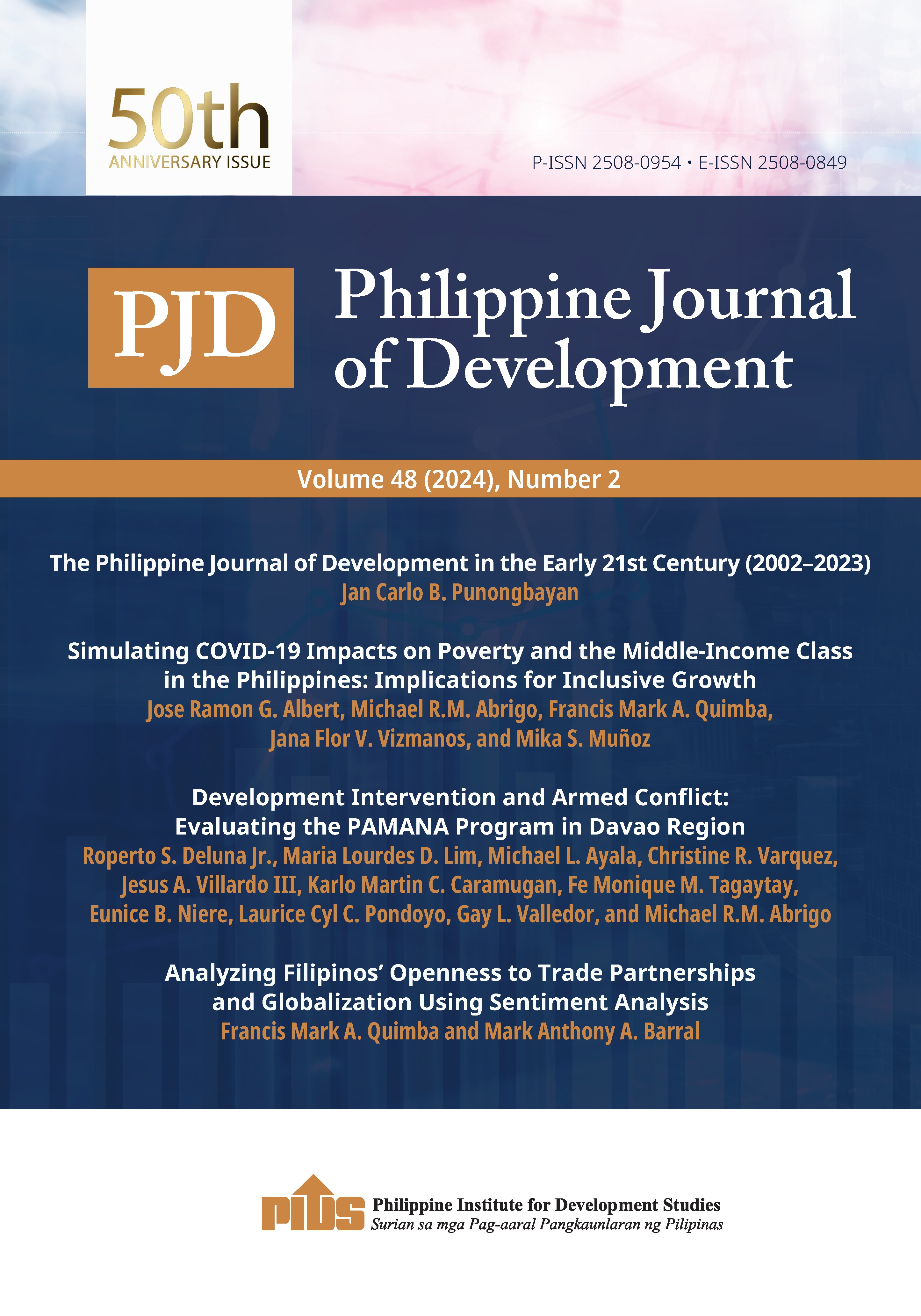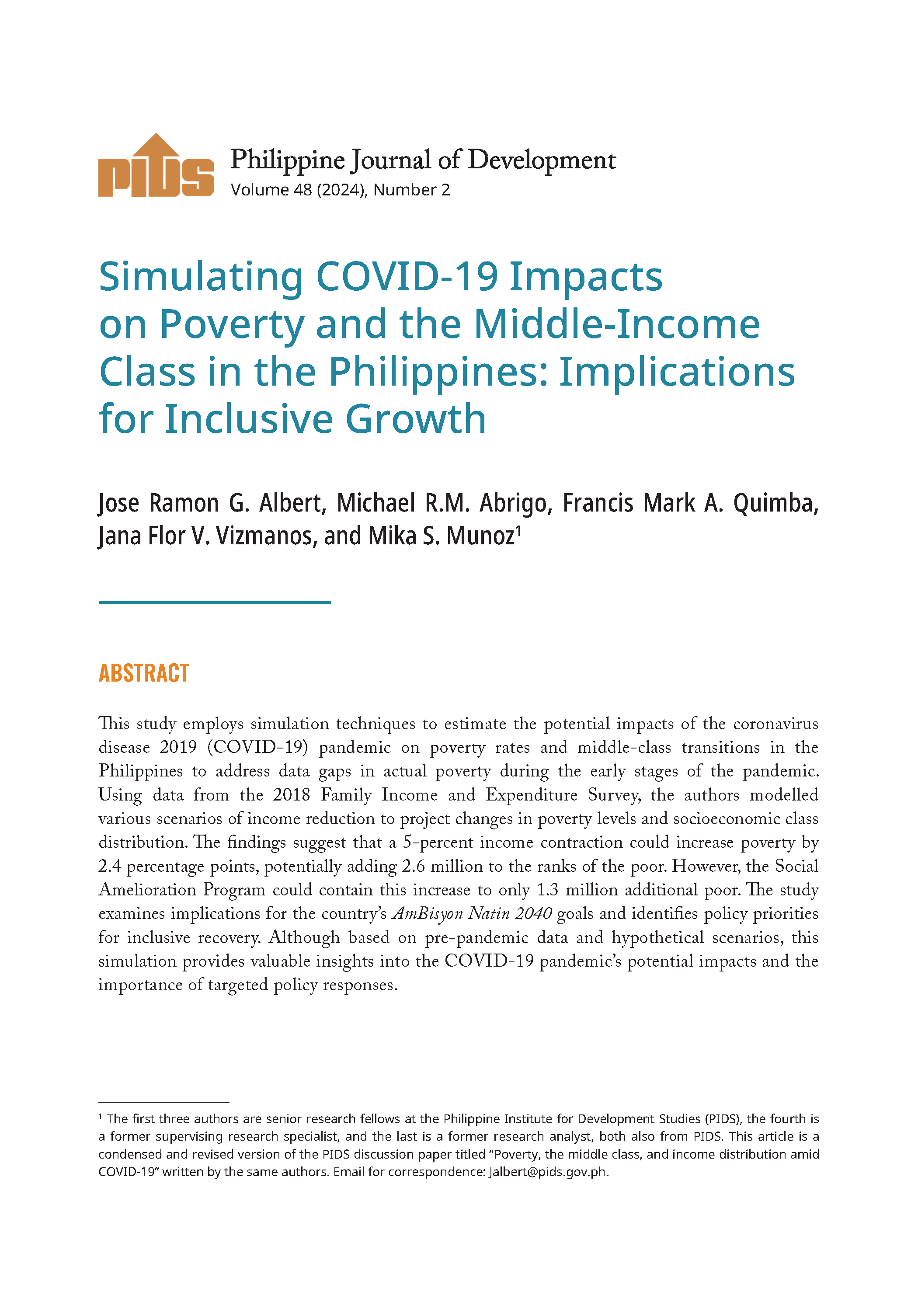FOUR in every 10 Filipino households have remained or slipped into poverty at least once in a period of three years, according to a study released by state think tank Philippine Institute for Development Studies (PIDS).
PIDS Supervising Research Specialist Christian Mina and Senior Research Fellow Celia Reyes assessed Filipinos’ vulnerability to poverty, or the probability of being poor in the future, using data from the Family Income and Expenditure Survey (FIES) for the period 2003-2009.Their findings showed that even those who have not experienced poverty or the nonpoor may still fall into it in the future. According to the authors, natural disasters, together with other shocks, were believed to have largely contributed to the vulnerability of Filipino households to poverty.
Mina and Reyes disclosed that vulnerable households, regardless of whether poor or not, were more susceptible to unobservable idiosyncratic (e.g., birth, injury or accident, serious illness, death, and job loss of a household head or member) than covariate shocks (e.g., natural disasters, human or animal epidemic, economic crises, high unemployment rate, stock market collapse, etc.).The study also revealed that eight in every 10 (77.4%) poor households were classified as vulnerable. A household is considered vulnerable if its estimated vulnerability to poverty is below the vulnerability threshold, explained the authors.
PIDS Supervising Research Specialist Christian Mina and Senior Research Fellow Celia Reyes assessed Filipinos’ vulnerability to poverty, or the probability of being poor in the future, using data from the Family Income and Expenditure Survey (FIES) for the period 2003-2009.Their findings showed that even those who have not experienced poverty or the nonpoor may still fall into it in the future. According to the authors, natural disasters, together with other shocks, were believed to have largely contributed to the vulnerability of Filipino households to poverty.
Mina and Reyes disclosed that vulnerable households, regardless of whether poor or not, were more susceptible to unobservable idiosyncratic (e.g., birth, injury or accident, serious illness, death, and job loss of a household head or member) than covariate shocks (e.g., natural disasters, human or animal epidemic, economic crises, high unemployment rate, stock market collapse, etc.).The study also revealed that eight in every 10 (77.4%) poor households were classified as vulnerable. A household is considered vulnerable if its estimated vulnerability to poverty is below the vulnerability threshold, explained the authors.











